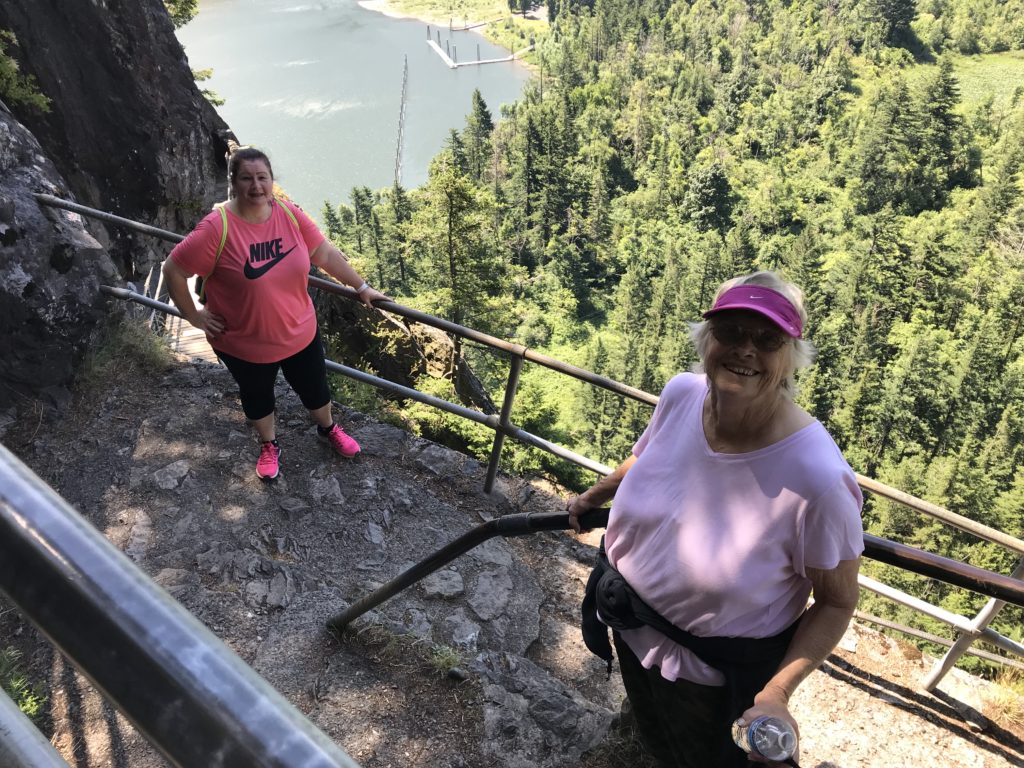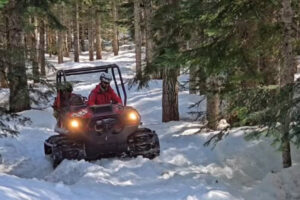In the year following the 2017 Eagle Creek wildfire, which closed a number of popular hiking trails on the Oregon side of the Columbia River Gorge National Scenic Area, at least one Washington Gorge hiking area reported a record number of visitors.
Washington State officials documented 292,662 visitors to Beacon Rock State Park, about 18 miles east of Washougal, in 2018. That was, by far, the all-time record for visitors to the park, said Meryl Delena Lassen, of the Washington State Parks and Recreation Commission.




